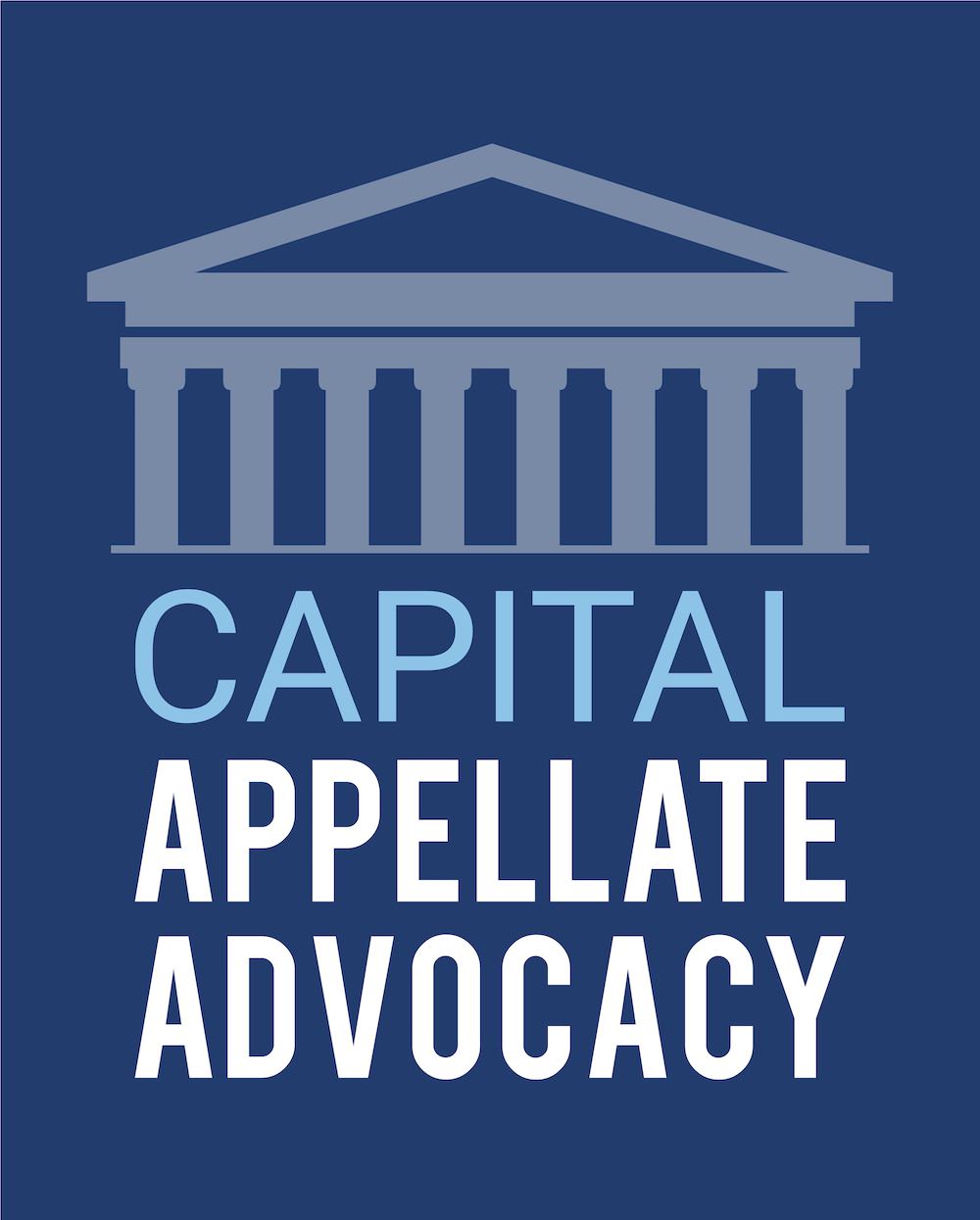It has been my privilege to advise and represent the Creosote Council since its founding almost 35 years ago.
This month, Dave Webb, who is the Creosote Council’s Administrative Director, and I have published a peer-reviewed, open-access article, Scope and Application of the FIFRA Treated Articles Exemption, in the Journal of Transportation Technologies. Our article discusses the important limits that the U.S. Environmental Protection Agency (EPA) has imposed on its own authority under the Federal Insecticide, Fungicide, and Rodenticide Act (FIFRA) to regulate wood preservatives such as creosote. In particular, the article provides examples of regulatory measures that the Treated Articles Exemption precludes EPA from imposing in connection with wood products that have been pressure-treated with wood preservatives.
Here is some background:
The Creosote Council is a joint data development and product stewardship group composed of the U.S. registrants of coal tar creosote: Coopers Creek Chemical Corp., Koppers, Lone Star Chemical, Rain Carbon Inc., and Stella-Jones.
Creosote has been used for many decades to produce pressure-treated industrial wood products such as railroad ties, utility poles, and marine and foundation piling, all of which are part of the nation’s critical infrastructure. Creosote is manufactured and used in accordance with consensus standards established by the American Wood Protection Association.
EPA regulates creosote, like other wood preservatives, as an antimicrobial pesticide under FIFRA. For example, the EPA-approved labeling that accompanies creosote includes administrative and engineering controls to protect workers in pressure-treatment plants.
Unlike creosote, pressure-treated wood products are exempt “from all provisions of FIFRA” under EPA’s Treated Articles Exemption, a regulation that EPA promulgated in 1988. For example, EPA can regulate how creosote is applied to produce railroad ties in pressure-treatment plants, but has waived any authority it may have under FIFRA to regulate where or how creosote-treated railroad ties are installed after they leave the pressure-treatment plant.
Our article discusses the background of the Treated Articles Exemption and provides additional information about how it relates to EPA regulation of wood preservatives. We hope that the article will be a useful resource to regulators, users of treated-wood products, and the public. A pdf copy of the article is available by clicking the DOWNLOAD button above.

